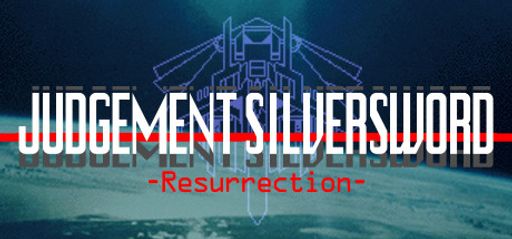I have spent countless hours mastering the intricacies of competitive gameplay. When I first booted up Judgement Silversword: Resurrection on PC, I felt a mix of curiosity and excitement. This release bundles two classic Wonderswan titles, repackaging them for modern shooters fans. Having played many shmups over the years, I sought a game that challenged my skills while offering nostalgic appeal. Judgement Silversword: Resurrection nearly exceeded my expectations.
Overall Impression
Overall, the game impressed me with its detailed port of a rarity that would normally cost a fortune in its original physical format. The title, created by Qute and published by KOMODO, brings two distinct experiences to life. The first component, Judgement Silversword, plays like a traditional scrolling shooter. It pits you against relentless waves of enemies and bosses, where each move counts. The bonus game, Cardinal Sins, redefines challenge with its sin-themed stages and objective-based gameplay. I find this dual offering a clever design decision that appeals to both classical shmup enthusiasts and newcomers who enjoy scoring challenges. Even though some minor issues exist in the graphical presentation, the overall gameplay remains compelling.
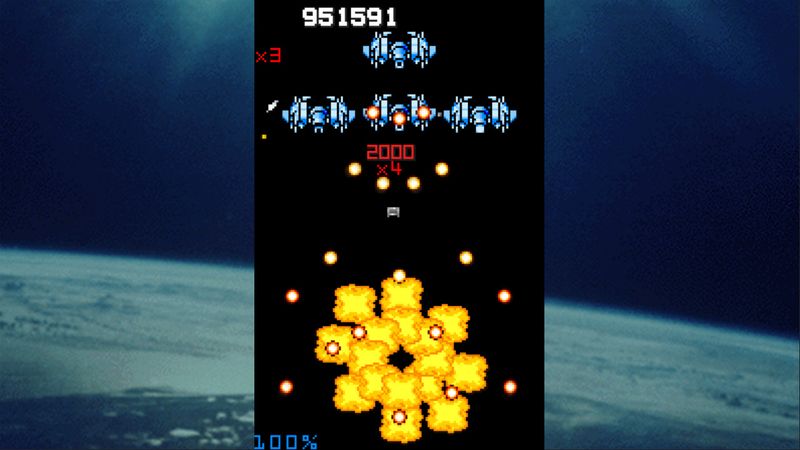
Gameplay Mechanics
Let’s discuss the gameplay mechanics in depth. In Judgement Silversword: Resurrection, the controls are responsive and fluid. You pilot your ship through intricate bullet patterns in a trial of both planning and reflexes. The game gifts you a ship featuring two distinct firing modes and a shield that can be used for offense. This design gives you strategic options rarely available in similar titles. The intensity of managing enemy patterns and weapon timing is a high point in the game. I recall a specific segment where a sudden barrage of enemy bullets required me to adapt on the fly. This moment was both punishing and exhilarating, a testament to the game’s solid mechanics.
In contrast, Cardinal Sins introduces an entirely different dimension to the arcade experience. Rather than a straightforward shooter, you are faced with seven unique stages inspired by the seven deadly sins. Each stage poses a special objective that is reflected through scoring, letter-based grading, and a final boss challenge for those who excel. I found the thematic execution clever, as each sin stage offers a twist on the standard shmup formula. For example, while the Envy stage focuses on relentless destruction, the Wrath stage puts you in the midst of a harrowing boss fight that tests your endurance and precision. This variation keeps gameplay fresh, even on a quick lunch break session.
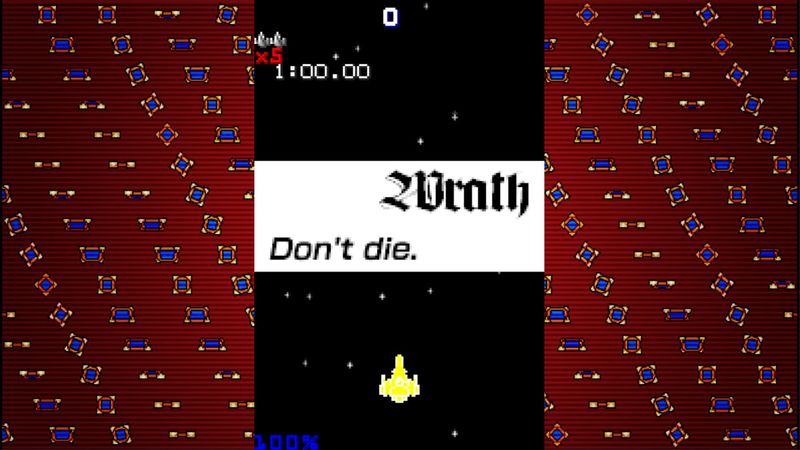
Story and Characters
Story and character elements are not the main attractions here, but they serve a purpose in setting the atmosphere. The narrative in Judgement Silversword provides a unique background that alludes to a mythic world of Judges and ancient contests. The lore is minimal yet intriguing, enough to spark curiosity without overwhelming the actual gameplay. I appreciate that the game leaves room for the player’s imagination regarding world-building. The characters are not deeply fleshed out, but this is common in many classic shooters. The decision to prioritize gameplay over deep storytelling is appropriate for these types of games. The result is a curated experience that sharpens focus on skill and mastery.
Visuals and Graphics
Visuals and graphics in Judgement Silversword: Resurrection capture an authentic retro look that has aged gracefully. The aesthetic is a clear nod to the Wonderswan era, and it retains the simplicity and clarity that many older handheld games offered. The visuals ensure that bullets and enemies stand out decisively, important for gameplay in chaotic moments. Though there is an occasional jolt of color change in Cardinal Sins that may seem abrupt at first glance, this does not detract from the overall experience once you understand its role in heightening concentration. I admire that the developers have remained faithful to the original art direction, preserving the charm of the old handheld while adapting it for PC play.
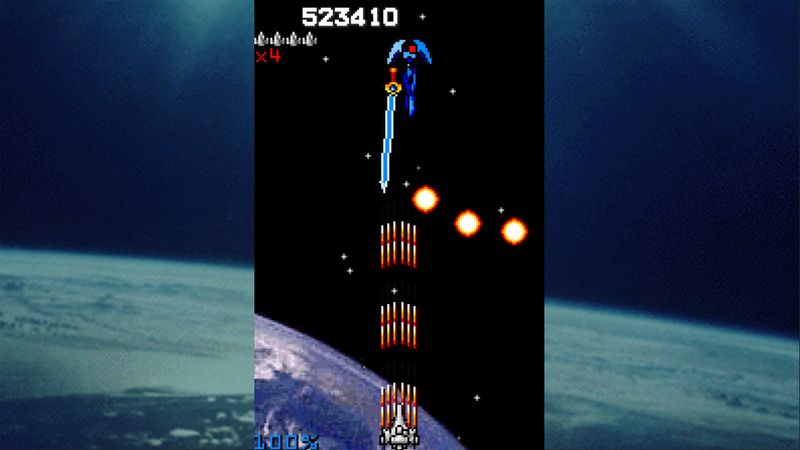
Sound and Music
Sound and music significantly support the game’s atmosphere. The soundtrack includes familiar original scores from the Wonderswan release and adds to the overall immersion. While the audio tracks are limited, likely due to technical constraints at the time of their original creation, they remain effective in their simplicity. The sound effects are crisp, and the music carries an edge that resonates with the tension in difficult levels. I even recognized one track that was later recreated in ESCHATOS, which speaks to the interconnected legacy of these titles. The audio design underscores the rigorous gameplay and helps maintain focus during high-stakes moments.
Difficulty and Replayability
I must address the difficulty and replayability factors, which are central to any worthwhile shmup. Judgement Silversword challenges you without feeling unfair. You do not have an endless supply of credits, which means every life feels valuable. This encourages careful play and precise maneuvers. The game’s trial mode and hidden scoring mechanics provide strong motivation to replay levels in pursuit of unlocking additional credits and bonuses. Cardinal Sins, with its letter grade system per stage, motivates you to conquer each challenge. Despite its tough difficulty, I have found the game addictive. The absence—and subsequent inclusion—of online leaderboards for a while sparked discussion among fellow players. Now, with the leaderboards in place, competition is even more intense. I often revisit the game to outdo my personal bests and master each sin-themed challenge.
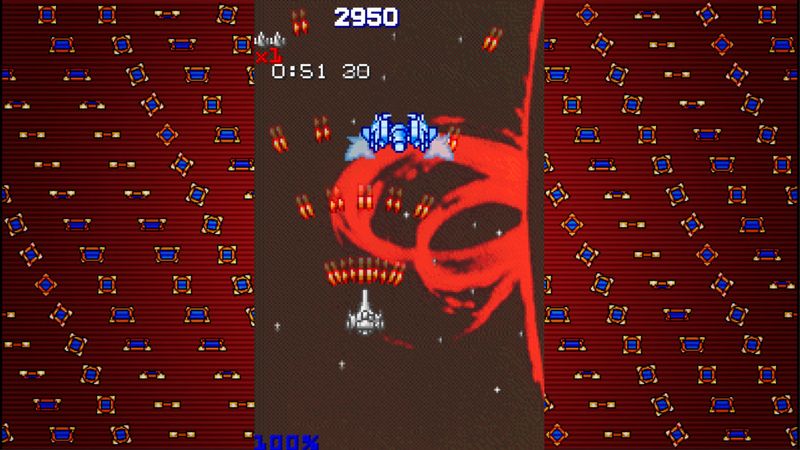
Comparing Judgement Silversword: Resurrection with other titles in the shmup genre, I notice that it stands out by marrying nostalgia with innovation. Many low-priced shooters tend to underdeliver or rely on impulse buys. Here, the developers present a thoughtful package that honors the origins of the original Wonderswan titles while offering a rich experience for modern audiences. The combination of traditional shooter elements with unique score trials in Cardinal Sins is a standout feature that other games do not frequently offer. This reveals a careful balancing act between preserving classic gameplay and introducing fresh, competitive challenges.
Trivia
One interesting piece of trivia about this game is its lineage. Judgement Silversword: Resurrection won a Bandai game development contest on the Wonderswan, and Cardinal Sins was only playable via the WonderWitch Personal Software Development Kit. These origins add to the allure and mystique for enthusiasts of retro handheld gaming. Knowing this background enriches the experience and deepens my appreciation for the craft behind these titles.
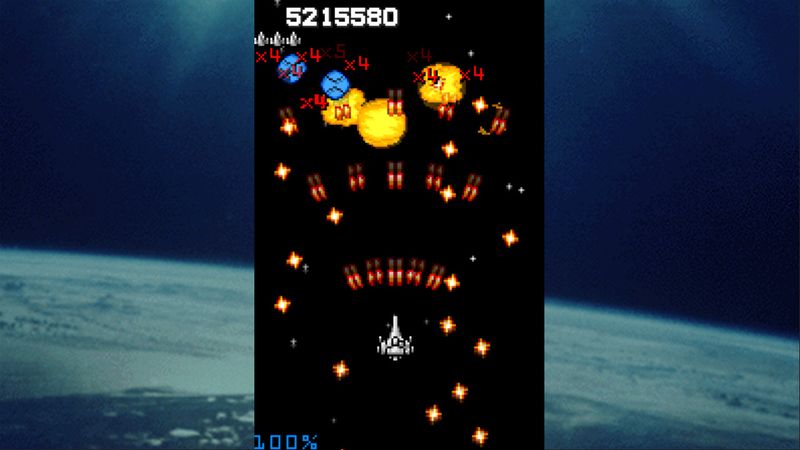
Final Thoughts
After extensive play, I award Judgement Silversword: Resurrection a solid 4.5 stars out of 5. The slight deduction stems from a few minor graphical hiccups and the sporadic absence of features like online leaderboards, which have now been rectified. However, these are minor flaws in an otherwise impressive package. The game’s innovative take on score challenges and refined gameplay mechanics make it a must-play for any fan of the genre.
In conclusion, Judgement Silversword: Resurrection is a remarkable blend of history, gameplay mastery, and retro aesthetics. It delivers two robust shmup experiences that challenge and entertain. Whether you enjoy meticulously dodging bullet storms in Judgement Silversword or refining your score in the sin-inspired trials of Cardinal Sins, you are in for a treat. I wholeheartedly recommend adding this gem to your collection. Its solid mechanics, replayability, and nostalgic appeal speak volumes about the passion and expertise of its developers.
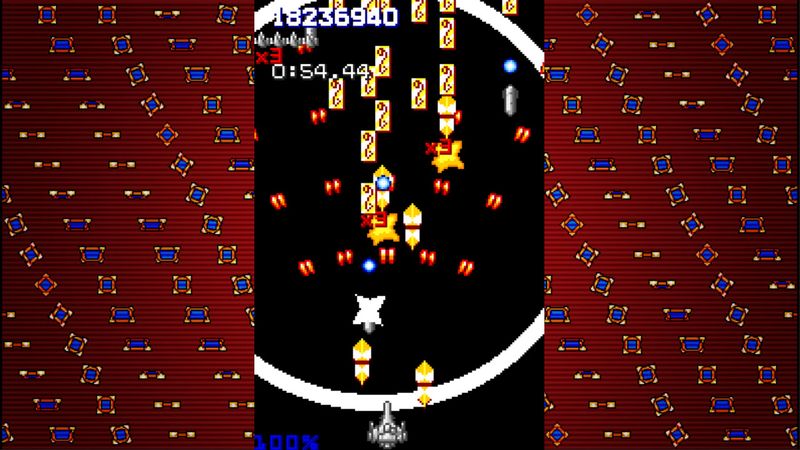
This title will continue to inspire and challenge gamers for years to come.
Add Judgement Silversword: Resurrection to your Steam collection!

